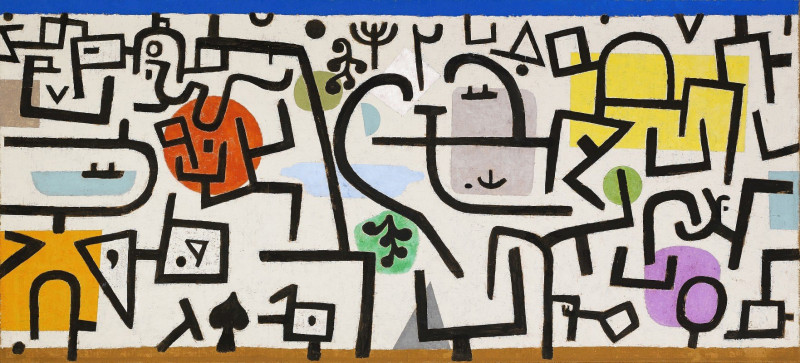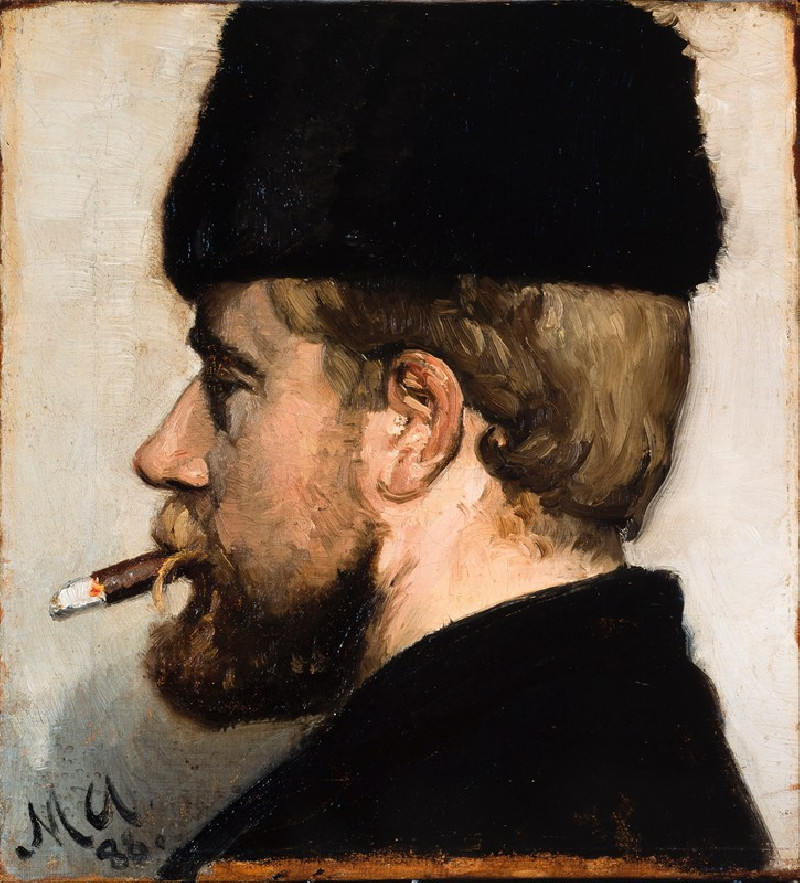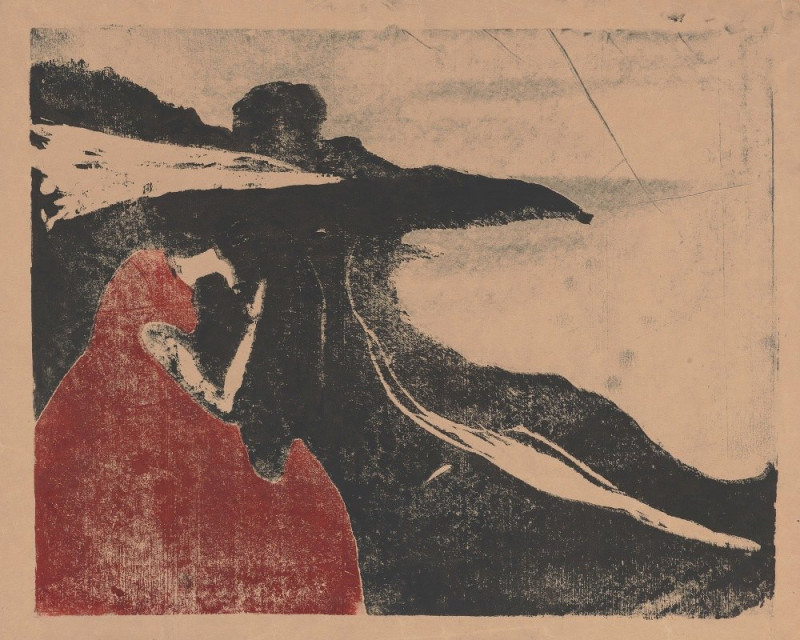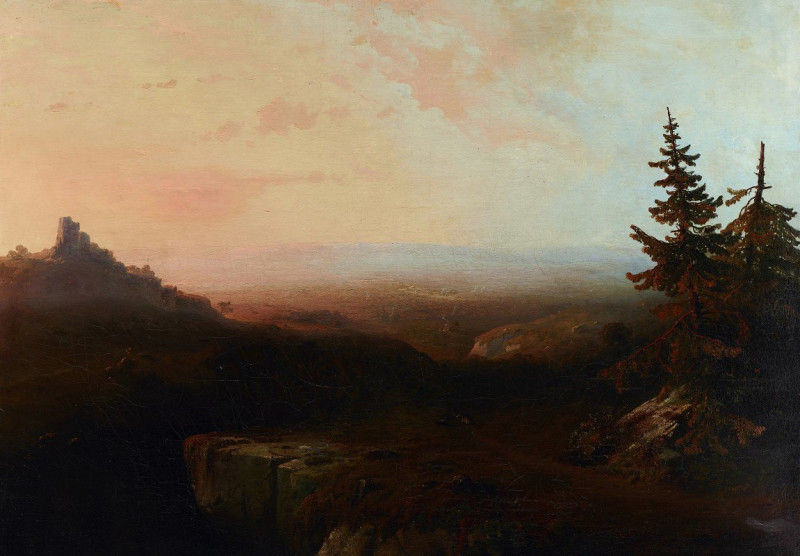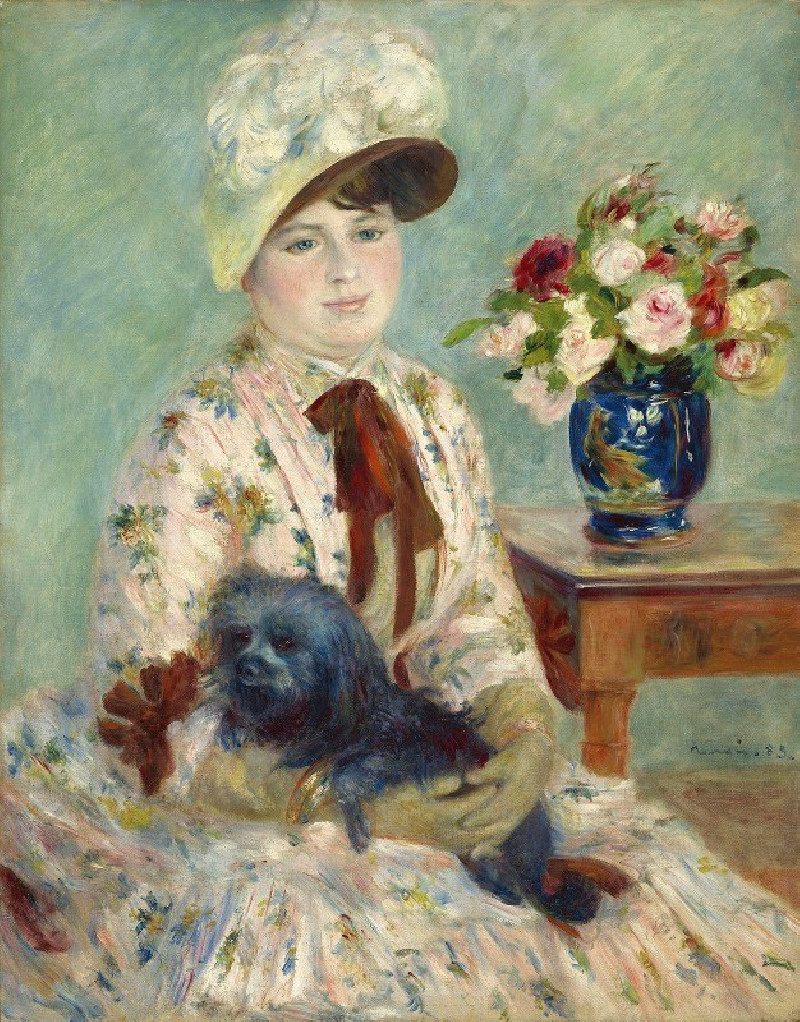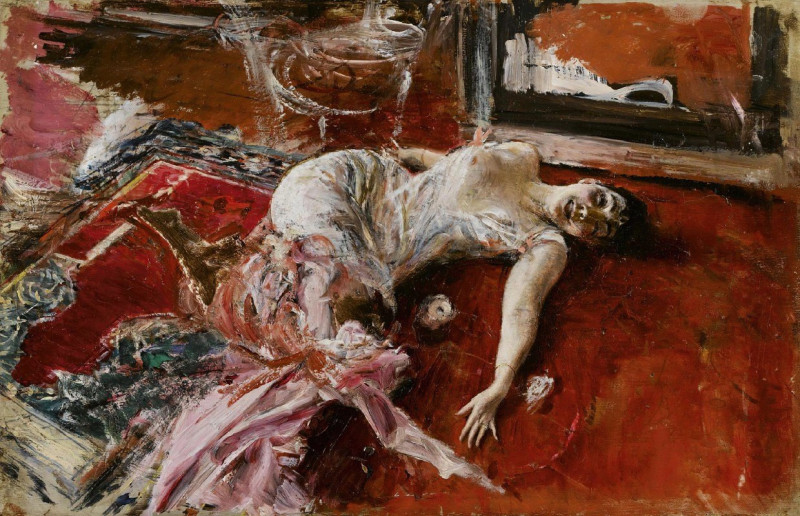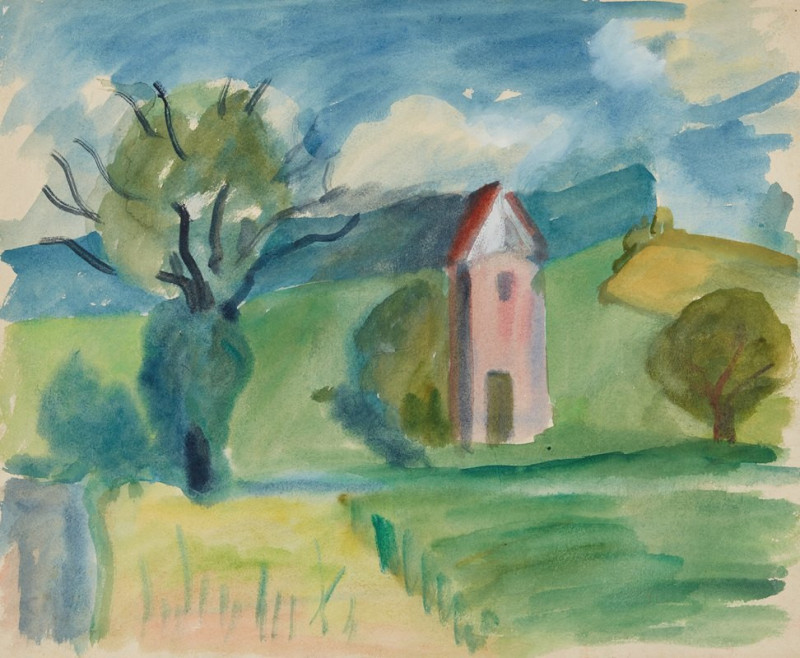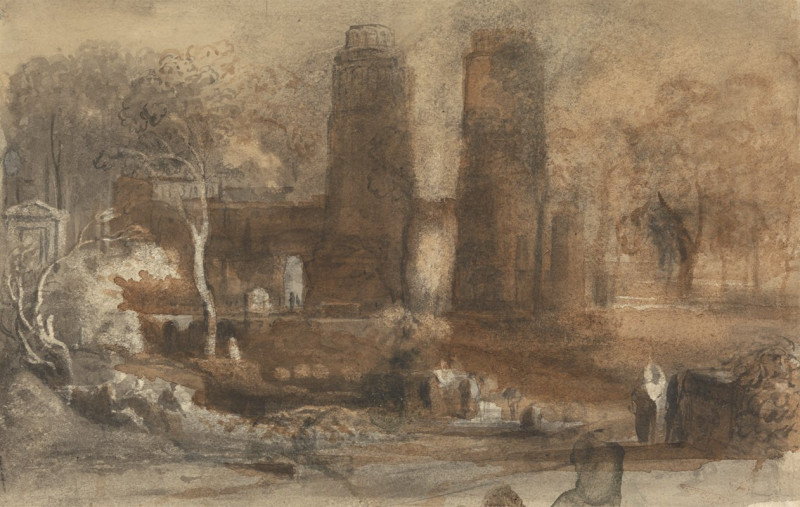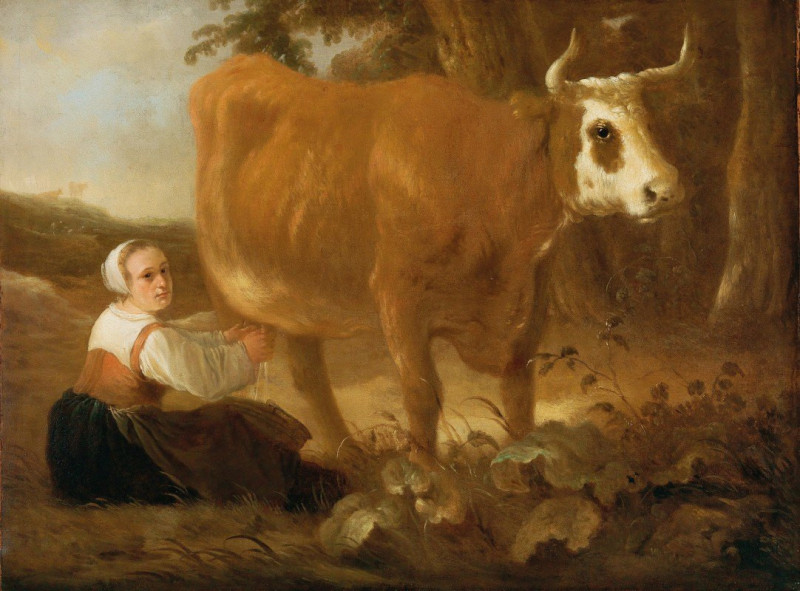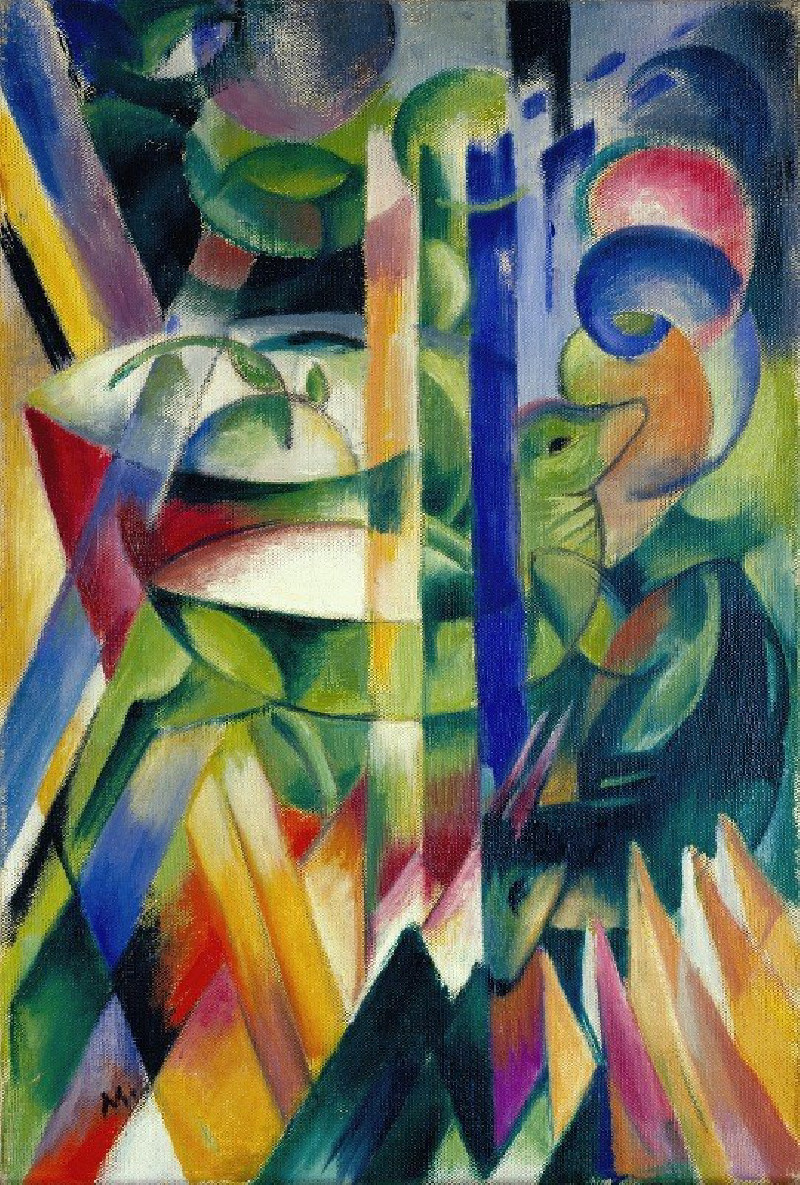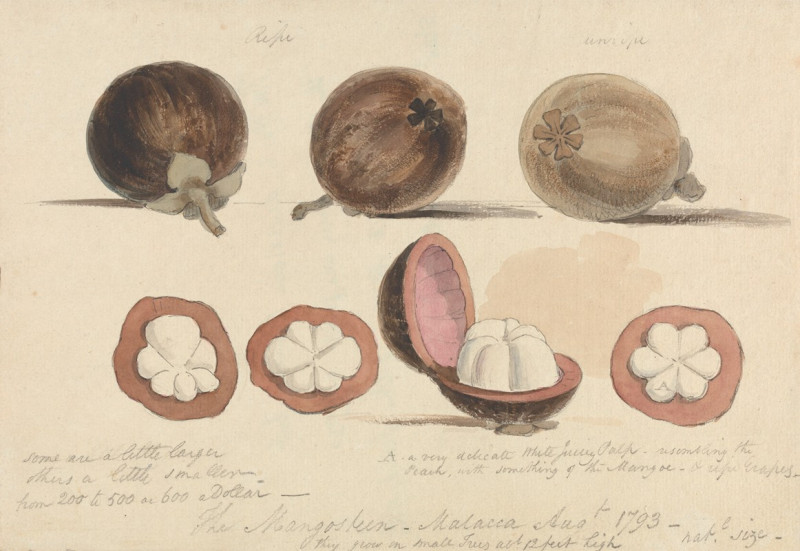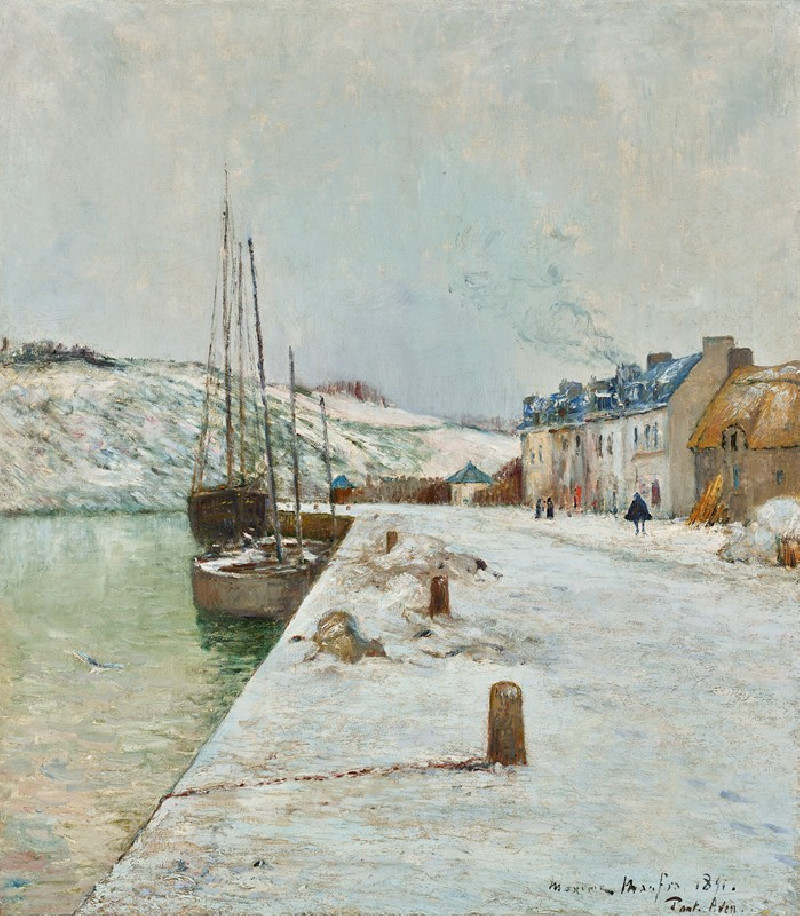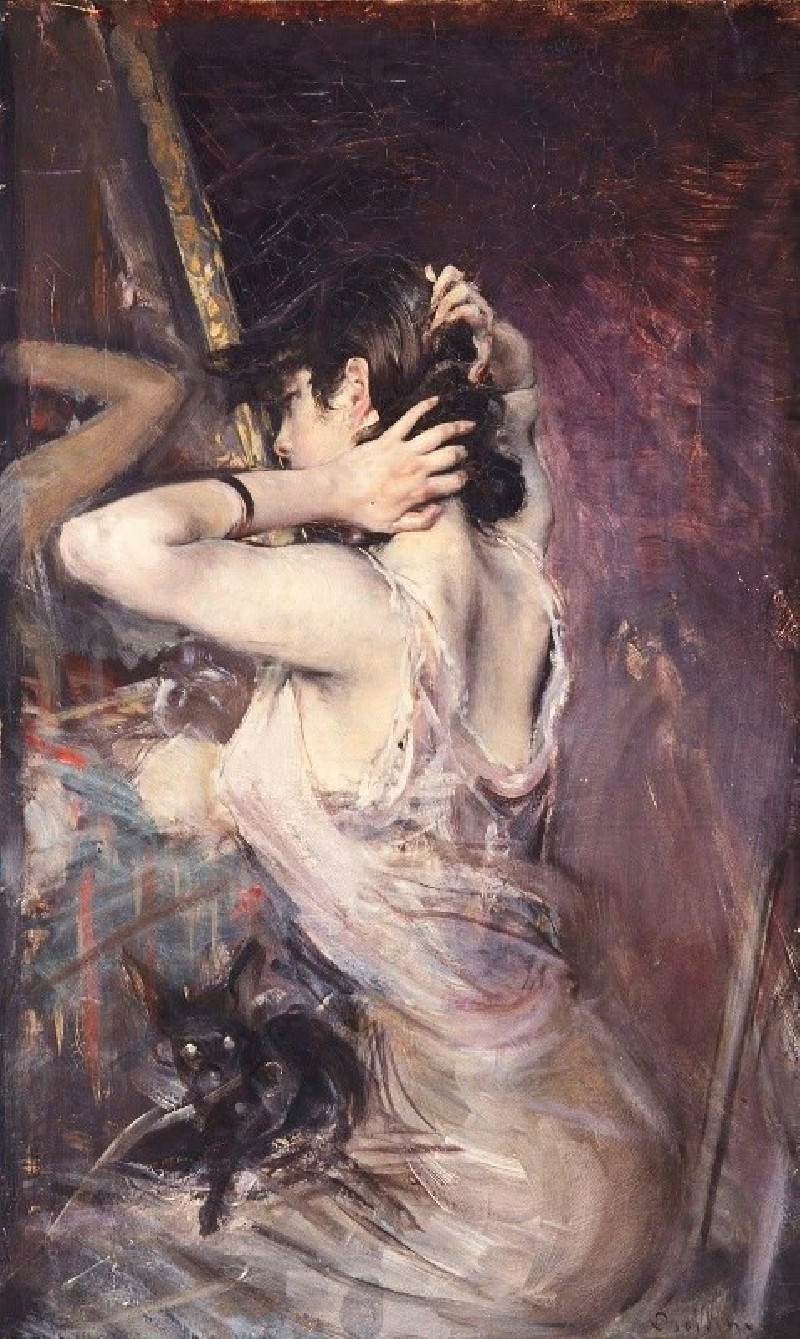Rich Harbor (Picture of a Journey) (1938)
Technique: Giclée quality print
Recommended by our customers
More about this artwork
Explore the enigmatic allure of "Rich Harbor (Picture of a Journey)" by Paul Klee, a masterwork created in 1938, which encapsulates the artist's profound insight into abstract representation. This painting invites viewers on a visual expedition through its complex labyrinth of shapes and symbols, interwoven with vibrant colors that energize the canvas.At first glance, the work presents an orderly chaos of interconnected forms and lines that may seem perplexing. As you delve deeper, the image gradually unveils a narrative, perhaps of a bustling harbor full of activity and life. The use of distinctive symbols—an anchor, what might be ships, and possibly elements resembling fish within the waters—supports the interpretation of this composition as a depiction of a harbor.Klee's genius lies in his ability to transform simple elements into a rich, symbolic tapestry. The painting employs a constrained yet effective color palette—bold oranges, profound blues, earthy browns, and lively yellows—that underscores the thematic elements of journey and exploration. This artwork does not just portray a physical space but also invites contemplation of the journeys we undertake in life, emphasizing the interconnectivity of our experiences and surroundings."Rich Harbor (Picture of a Journey)" remains a testament to Klee's innovative approach to art, emphasizing abstract complexity and depth of meaning, and continues to enchant and engage audiences, urging them to explore the subtleties of his creative journey.
Delivery
Returns
Paul Klee was a Swiss-born German artist. His highly individual style was influenced by movements in art that included expressionism, cubism, and surrealism. Klee was a natural draftsman who experimented with and eventually deeply explored color theory, writing about it extensively; his lectures Writings on Form and Design Theory (Schriften zur Form und Gestaltungslehre), published in English as the Paul Klee Notebooks, are held to be as important for modern art as Leonardo da Vinci's A Treatise on Painting for the Renaissance.

